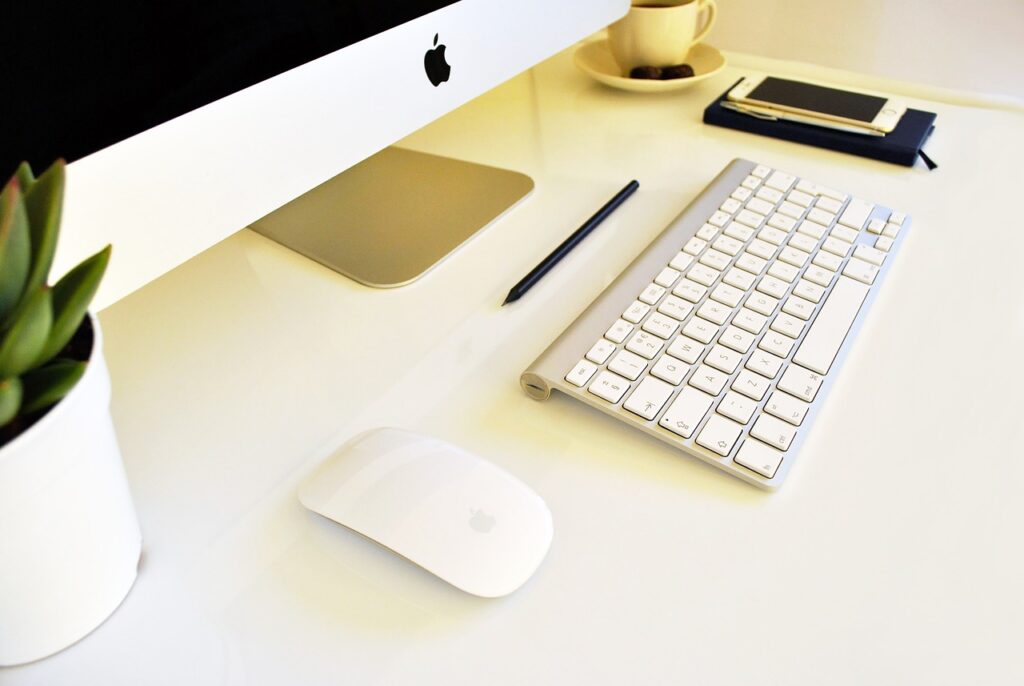Unless you have been living under a rock, you know pretty well how workplaces have evolved. From being chained to their workstations to working on the go, this generation is the age of the mobile office. People work from practically everywhere these days – homes, coffee shops, lounges, restaurants, flights and loos. Such is the trend that, recently, a multi-national real estate company based out of London with 21 offices across Europe, Middle East and Africa announced that there would not be any assigned desks for their employees across any of its offices. And just so that we have the statistics backing us too, here is what Gartner states:
By 2018, 50 percent of team communication and coordination will be driven by mobile group and collaboration apps. What is triggering this radical transformation is the emergence of various enterprise technologies, collaboration and communication tools, cloud-based document management and web-based support services.
The Rise of Virtual Offices
The workforce today is dominated by 20-somethings who are mobile-driven, tech savvy and more collaborative. Shared documents, online meetings, video conferencing, IMs and collaborative platforms have given rise to a digital workplace which means that employees can work and interact with each other across locations and geographies. Personal and work spaces overlap, and employees can now be seen attending business calls even as they babysit at home. Mobile devices like laptops, tablets and smartphones are the ‘arsenal’ that drive these virtual workspaces. Businesses looking to go global are smiling through this rise of virtual workspaces. They can cut huge office rental costs, source talent and target markets from across the world.
However, it is not all as rosy as it looks. Mobile devices, especially when employees are using personal devices to work, are emerging as the biggest threats to enterprise data security. If you are a CIO or an IT admin, you are probably already sulking by now. Problems like mobile apps not available across platforms, infrastructure policies like single sign on, VPN and unencrypted data on personal devices are some of the problems that the CIO is dealing with while building an effective workplace. The phrase “there is an app for everything” is still not applicable in the enterprise space, where users are still only able to access their emails on phones.
Additionally, companies should stop obsessing about mandatory eight-hour shifts. This needs to be replaced with an “outcome” based approach where the employee focuses on finishing a set of tasks rather than the time spent on the task.
The 3M Strategy – Manage Manpower, Machines and Mobiles
Most business owners and IT heads are still stuck with the mobile device management (MDM) solutions of yore. However, workplaces are far more than just mobile devices. Today’s enterprises must have extensive manageability platforms that allow them to secure and manage all machines, mobile devices and manpower in a single click. From remotely managing, locking and wiping employee devices to enforcing a range of enterprise policies, IT teams must have a fool-proof security net. As for the employees, they need to escape the technicalities and hassles of on-boarding and chasing IT teams every time their personal apps are lost. Enterprises must manage devices such that employees can set up personal and enterprise profiles on their devices and switch between them seamlessly.
Enterprise mobility solutions should also be tailored to enhance efficiency of machines and manpower and in turn enhance business productivity. Floor managers and admins should be able to track the performance of all the machinery and assets across different plants and units. Any break down or snag must send an instant notification so that the admin can alert the ground staff and get them to fix it, thereby reducing downtime and making them more efficient. Likewise, manageability solutions should be closely tied with manpower management. Every time field executives from the sales department go for a client visit it should track their location, calculate the total distance traveled and total clients closed, and then automatically map it against reimbursements and incentives to be disbursed by the company.
Move Over Android
However much Android claims to be enterprise-ready with versions like Android for Work or Android M, not much has changed as far as enterprise security is concerned. As the enterprise mobile scenario becomes complex, CIOs and IT teams need to set up a fool-proof data security network. Custom operating systems are the next step that will provide a distinct edge to specialized MDM solutions and enterprise data security mechanisms and policies. Encrypting corporate data and devices gives a security blanket to key data residing on your phone or your memory card.
As the world moves increasingly towards even faster 4G networks, mobile workspaces will only evolve. It is estimated that by 2018 global mobile traffic will reach an annual run rate of 190 exabytes. In 2013, this rate was just 18 exabytes—a phenomenal growth trajectory driven primarily by the emergence of smarter devices and technologies. It is time to upgrade to launch into MWM 2.0 (Mobile Workspace Management) to brace for yet another phenomenal shift.




Comments are closed.